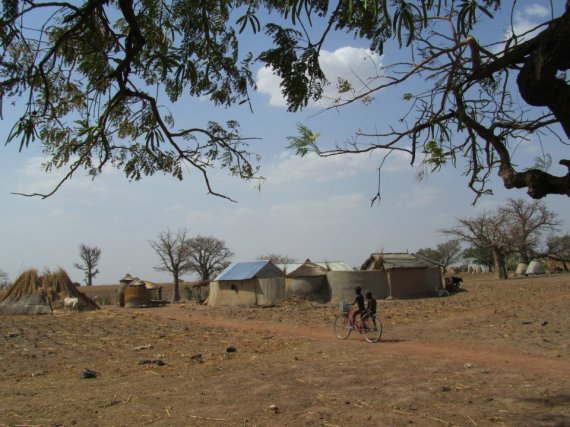© Ilse de Jager
Dietary guidelines based on the local diet are rare in Africa: only 7 out of 58 countries have them. In order to establish guidelines for Ghana, De Jager studied the nutritional status of 329 children in the countryside in Karaga district. Forty percent of the children had stunted growth and suffered from chronic undernourishment. De Jager: ‘We drew up nutritional guidelines based on the information gathered about local eating habits among these children – along the same lines as the Dutch pie chart of essential food groups.’
De Jager then looked at the extent to which households were capable of following those guidelines if they ate the produce of their own farms. ‘People in this region depend on their own food production to provide for their food requirements and incomes.’ Their main crops are maize, rice, black-eyed beans and yams. Very little fruit and vegetables are produced or consumed. De Jager noticed that many households did not manage to meet their energy and nutrient needs with this production. Fewer than half of the households succeeded in meeting their needs for calcium, vitamin A, vitamin B12 and vitamin C.
On the basis of these results, De Jager concludes that simply providing information about good nutrition is not enough in Ghana. ‘People need to have access to the recommended nutrients too, and that is why it is important to identify where the gaps are. Additional measures are needed in order to close these gaps, such as growing other crops or stimulating local markets so that people can have a more varied diet.’

